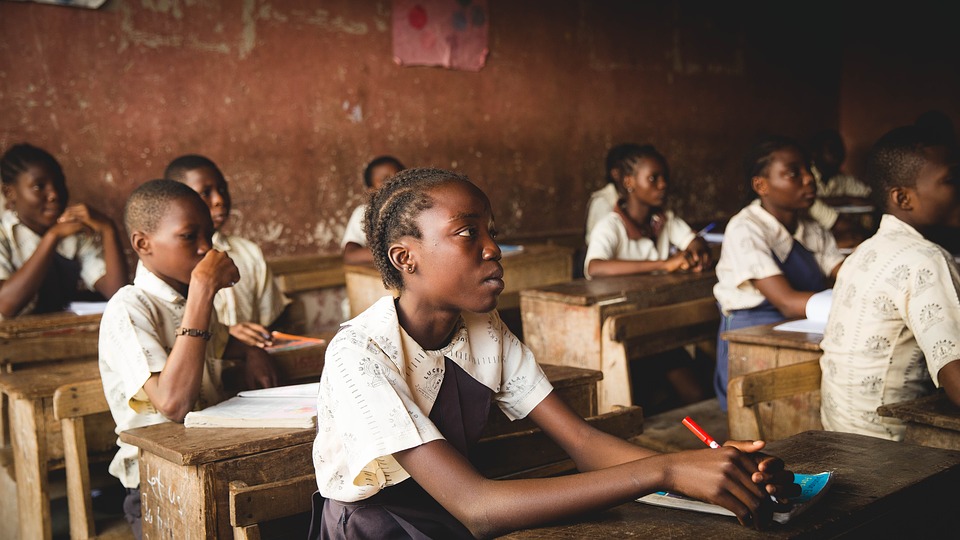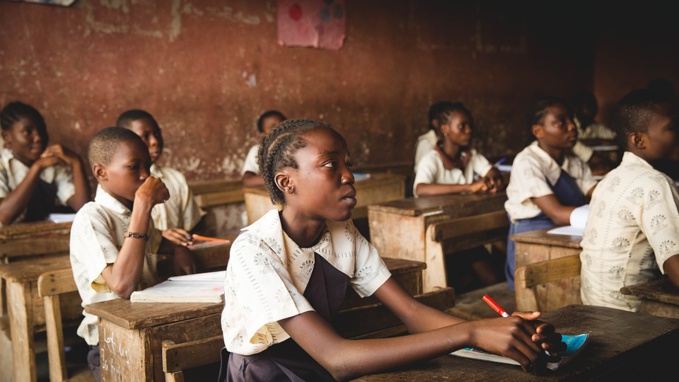The WEF understands human capital as knowledge and skills of people who allow them to create added value in the global economic system. It depends not only on formal education and skills acquisition. Such capital can improve over time, grow from use and is lost from non-use throughout the life of a person. The maximum result for countries is provided by lifelong access to education and the opportunity for professional implementation and development for all citizens, rather than betting on a narrow group of "think tanks" or orientation toward cheap labor, the WEF notes.
The Global Human Capital Index includes 130 countries, where 93% of the world's population lives. Overall, they produce more than 95% of the world’s GDP. Researchers rated these countries on a scale of 0 to 100 for four groups of indicators: the potential (the achieved level of education in all generations), the use (application and accumulation of knowledge in the work process), development (ongoing efforts in the field of education and skills development for students and the working population), know-how (distribution and depth of application of specialized knowledge in the work). The study included five age groups.
It turned out that as a whole, mankind now realizes only 62% of its potential, that is, 38% of human capital is simply not used. Only 25 countries overcame the 70% barrier, another 50 are the range of 60-70%, 41 countries employ 50-60% of the capital, and 14 countries use less than 50% of the potential of their citizens. North America and Western Europe are the most effective in developing and applying the human resources; South Asia and sub-Saharan Africa are at the rating’s end. The first three lines of the rating were taken by Norway (77.1 points-percent), Finland (77.1) and Switzerland (76.5). Next come the USA (74.8), Denmark (74.4) and Germany (74.3). Yemen (35.5), Mauritania (41.2) and Senegal (43.3) demonstrated the weakest results.
The WEF notes a clear correlation between the development of human capital and the level of well-being. Countries with higher gross national income and GDP per capita on average received higher scores, although some low-income countries were able to overtake the richer states. Among the 25 countries that overcame the 70-point barrier, 23 were high-income economies. There are 46 of them in the index - out of the remaining 20, they showed an efficiency of 60-70 points and only three scored less than 60.
source: weforum.org
The Global Human Capital Index includes 130 countries, where 93% of the world's population lives. Overall, they produce more than 95% of the world’s GDP. Researchers rated these countries on a scale of 0 to 100 for four groups of indicators: the potential (the achieved level of education in all generations), the use (application and accumulation of knowledge in the work process), development (ongoing efforts in the field of education and skills development for students and the working population), know-how (distribution and depth of application of specialized knowledge in the work). The study included five age groups.
It turned out that as a whole, mankind now realizes only 62% of its potential, that is, 38% of human capital is simply not used. Only 25 countries overcame the 70% barrier, another 50 are the range of 60-70%, 41 countries employ 50-60% of the capital, and 14 countries use less than 50% of the potential of their citizens. North America and Western Europe are the most effective in developing and applying the human resources; South Asia and sub-Saharan Africa are at the rating’s end. The first three lines of the rating were taken by Norway (77.1 points-percent), Finland (77.1) and Switzerland (76.5). Next come the USA (74.8), Denmark (74.4) and Germany (74.3). Yemen (35.5), Mauritania (41.2) and Senegal (43.3) demonstrated the weakest results.
The WEF notes a clear correlation between the development of human capital and the level of well-being. Countries with higher gross national income and GDP per capita on average received higher scores, although some low-income countries were able to overtake the richer states. Among the 25 countries that overcame the 70-point barrier, 23 were high-income economies. There are 46 of them in the index - out of the remaining 20, they showed an efficiency of 60-70 points and only three scored less than 60.
source: weforum.org



















